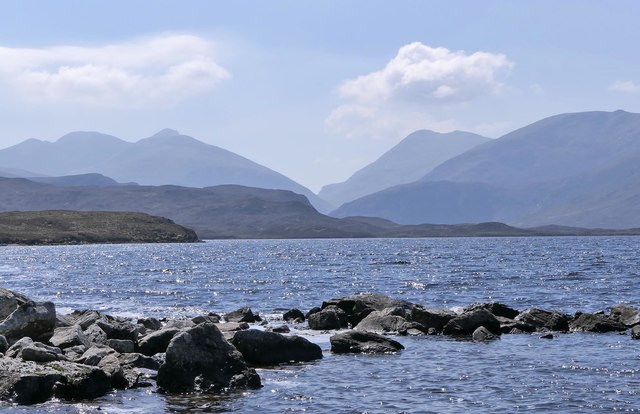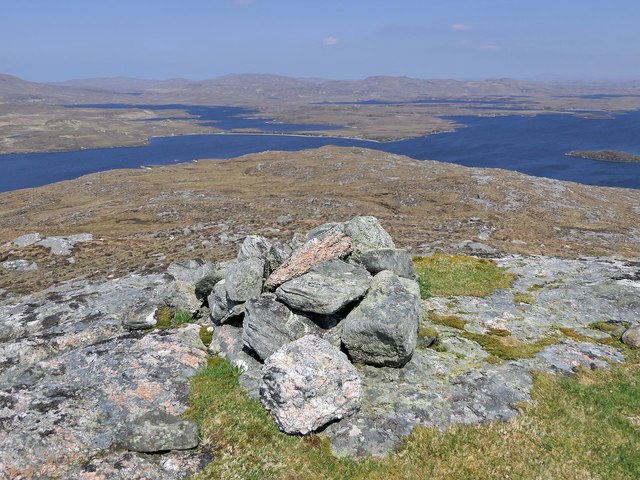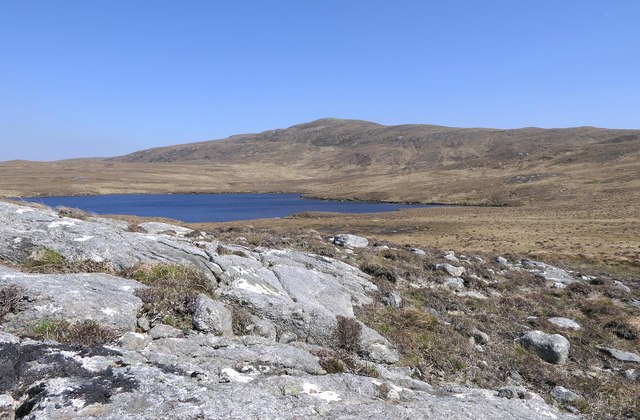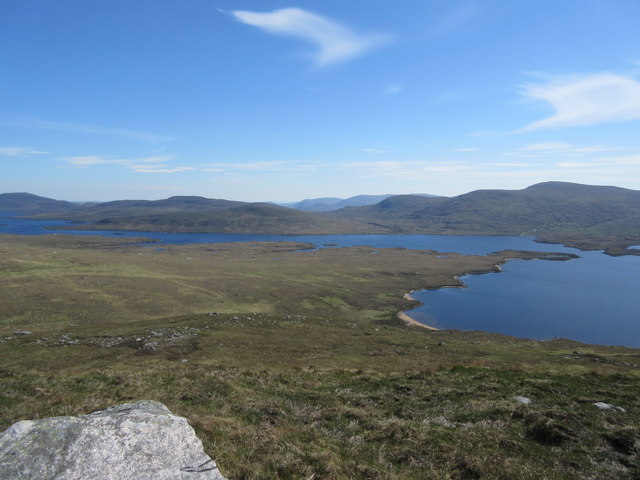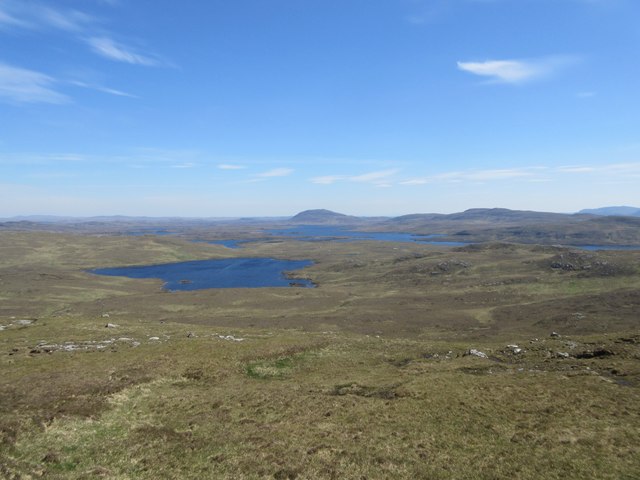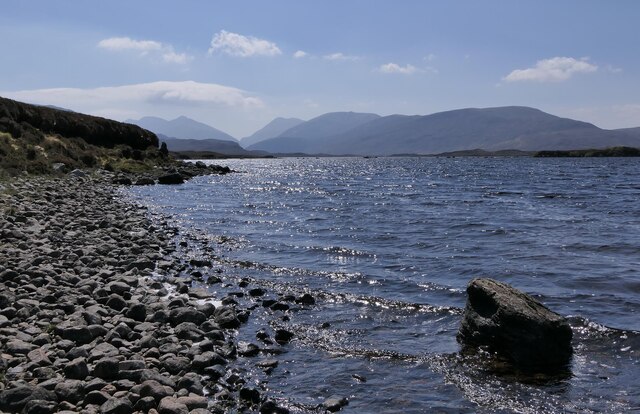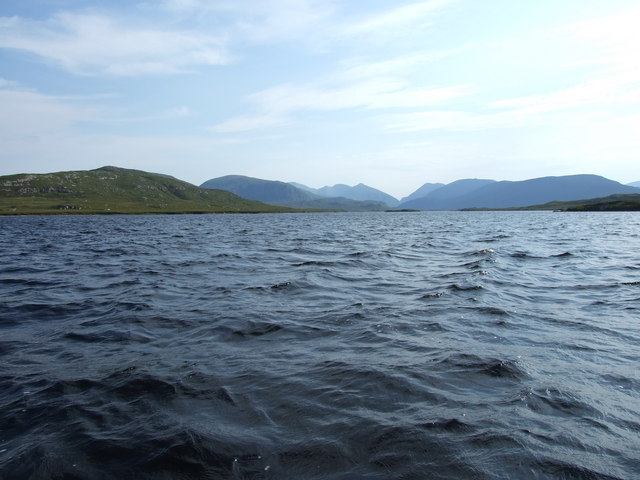Saothair an Aobhaidh
Island in Ross-shire
Scotland
Saothair an Aobhaidh

Saothair an Aobhaidh is a remote island located off the coast of Ross-shire, Scotland. With a land area of approximately 10 square kilometers, it is surrounded by the vast Atlantic Ocean, providing breathtaking views of the rugged coastline and an abundance of wildlife.
The island is characterized by its diverse topography, featuring rolling hills, steep cliffs, and pristine sandy beaches. Its lush green landscapes are dotted with a variety of flora and fauna, making it a haven for nature enthusiasts and birdwatchers. Visitors can spot a wide range of bird species, including puffins, gannets, and guillemots, nesting along the cliffs or soaring above the ocean.
Saothair an Aobhaidh has a rich history, with evidence of human settlements dating back thousands of years. The island was once inhabited by Gaelic-speaking communities, whose remnants can still be seen in the form of stone circles, burial mounds, and ancient ruins. Exploring these archaeological sites offers a glimpse into the island's past and the lives of its early inhabitants.
Access to Saothair an Aobhaidh is primarily by boat, adding to its sense of seclusion and tranquility. There are no permanent residents on the island, but it has become a popular destination for those seeking a peaceful retreat or an adventurous getaway. Visitors can engage in various activities such as hiking, fishing, and camping, immersing themselves in the unspoiled beauty of this remote Scottish island.
If you have any feedback on the listing, please let us know in the comments section below.
Saothair an Aobhaidh Images
Images are sourced within 2km of 58.068846/-6.7896037 or Grid Reference NB1718. Thanks to Geograph Open Source API. All images are credited.
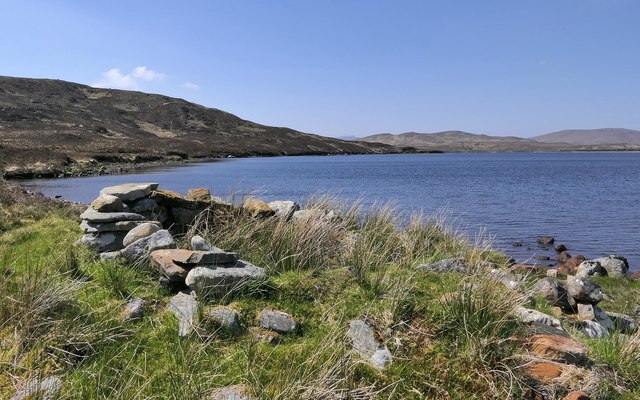
Saothair an Aobhaidh is located at Grid Ref: NB1718 (Lat: 58.068846, Lng: -6.7896037)
Unitary Authority: Na h-Eileanan an Iar
Police Authority: Highlands and Islands
What 3 Words
///outboard.verbs.scariest. Near Tarbert, Na h-Eileanan Siar
Nearby Locations
Related Wikis
Eilean Mòr, Loch Langavat
Eilean Mòr is an island in Loch Langavat on the Isle of Lewis in the Outer Hebrides of Scotland. == Footnotes ==
Airidh a' Bhruaich
Airidh a' Bhruaich (Arivruaich - anglicised) is a scattered crofting township in the South Lochs district of the Isle of Lewis in the Outer Hebrides of...
Seaforth Island
Seaforth Island (Scottish Gaelic: Eilean Shìphoirt/Shìophoirt or Mulag) is an uninhabited island in the Outer Hebrides of Scotland. Unlike many other...
Gisla Hydro-Electric Scheme
Gisla Hydro-Electric Scheme was a small scheme promoted by the North of Scotland Hydro-Electric Board on the Isle of Lewis, Outer Hebrides, Scotland. It...
Have you been to Saothair an Aobhaidh?
Leave your review of Saothair an Aobhaidh below (or comments, questions and feedback).
